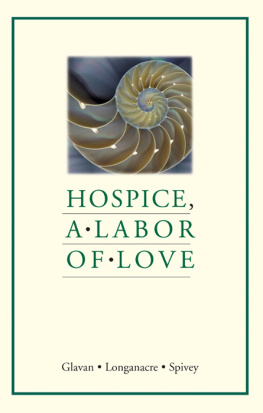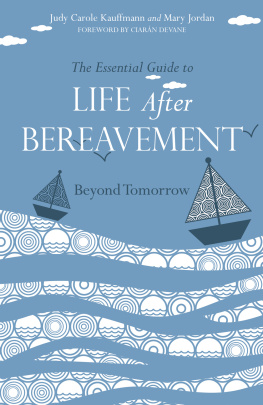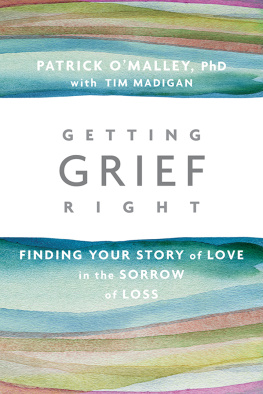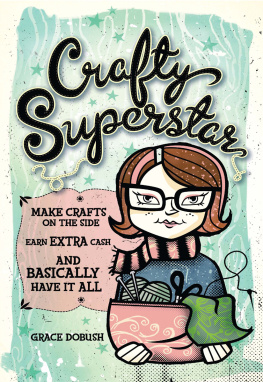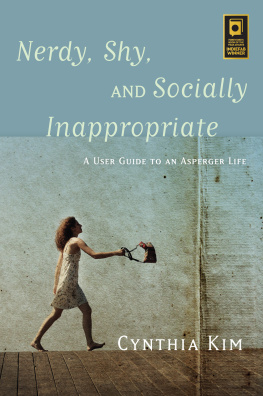Death is an event that will touch every human being in this world. Many books have been written on the subject. Some are highly sophisticated volumes, while others are simple manuscripts. But all are intended to help us understand what death is about and how we can best deal with it when the time comes.
This book was written out of the heartfelt experiences of professional hospice caregivers from various disciplines. They have watched family members and patients grapple with the anguish and helplessness that the death and dying event brings with it.
This book is simply written, but every page offers words of wisdom that are profound and yet easily understood. There are explanations for the various changes that occur with terminal illness, and suggestions for practical ways to handle them. It includes a chapter on grief and bereavement so those family members can be assisted to go on with their lives after a loved one has died.
I found this book very useful, and it should be helpful for both professional and lay caregivers, as well as family members and all those who are facing either their own death or the death of someone they love.
Introduction
John Spivey
If you would indeed behold the spirit of death,
Open your heart wide unto the body of life.
For life and death are one,
Even as the river and the sea are one.
Kahlil Gibran
It is one thing for philosophers to speak loftily, if not beautifully, about life and death being one. But for many of us, it is just so many words until we are actually faced with death. And when we are, we find ourselves confronted with emotions we have kept safely at arms length. Death has become a distant reality to most of us in North America.
It is not this way in many other cultures, nor has it always been this way here. Why is it this way now? I think it is for two reasons. First, our society has become a culture of the moment. We are encouraged not to live in the past, and we seldom seriously consider the hereafter until its inevitability becomes the here and now.
The second reason is a mixed blessing. Our medical community has so invested itself in lifesickness and death are fought with such zealthat we now enjoy nothing less than the worlds greatest healthcare system. In our methodological high-tech world, death is an opponent. As such, when some doctors lose a patient, as every doctor will, they feel as if they have failed. Death represents failure.
Hospice believes that death is not a failure of medicine.
Lost within all our technology is the concept of a natural death. Quantity of life has become confused with quality of life. Strange though it may seem, when faced with death today, we must sign a legal document to keep from being hooked up to some machine. We must ask permission to be allowed to die naturally, as God intended.
The true failure is that our dying are not being served. And it is precisely for this reason that Dr. Kevorkian has arrived. No one wants to see a loved one die in pain. But because so many are doing so, some have embraced this pathologist and allowed him to do something that we believe God did not intend humankind to do.
Hospice represents a positive alternative. But even with the information superhighway, this news is slow to get out.
What is hospice? I asked my fathers physician in December of 1994. I had been involved in healthcare for over six years and had never heard of it. At that time, I represented the other side of medicinethe pharmaceuticals I sold were developed to prolong life.
My father was dying. I knew that he was sick, but I had never entertained the idea that he might actually die, that he might leave my mother, my sisters, and me, never to be with us again. I did not know how to act, or even how to feel. But feel I did. I began to ask questions that had not occurred to me before, questions that this book will explore. I look back on that time and wonder how I could have been so unprepared, why the concept was so alien to me. My ignorance intensified the most emotional time of my life.
As my family struggled to come to terms with a reality we had never faced, we soon realized that the hospice team was not there to push us into a program. Simply put, they were there to walk with us through the most difficult time of our lives. They alleviated my fathers pain, taught us how to make him comfortable, offered practical advice on legal matters, allowed us to voice our anger and fears without judgment, and prayed with us when we so desired. They could not take away our pain; they could not solve our family squabbles. They just helped.
An enduring memory is of Henrietta, the hospice nurse, sitting at the end of my fathers bed as he left us, unobtrusive, her head bowed as she prayed. You see, hospice helped us to understand and accept that this moment was his time to go. My father died encircled by those he loved, and he died held by those who loved him. And he deserved, as we all do, to leave this world in such a way. It was at once the most painful experience of my life and the most profound. I have thanked God every day since that I was there with my family.
Dame Cicely Saunders, the architect of the modern hospice movement, says, What I do is allow patients to speak for themselves and to suggest that what we ought to do is to give them safe conduct.
No one is suggesting that death is easy or that it was meant to be easy. It very obviously is not, and for that reason, hospice represents a difficult choice. This is the challenge we face todaybecause of its intimate association with death, many people view the concept of hospice as too depressing. The result is that many are not being reached and served.

